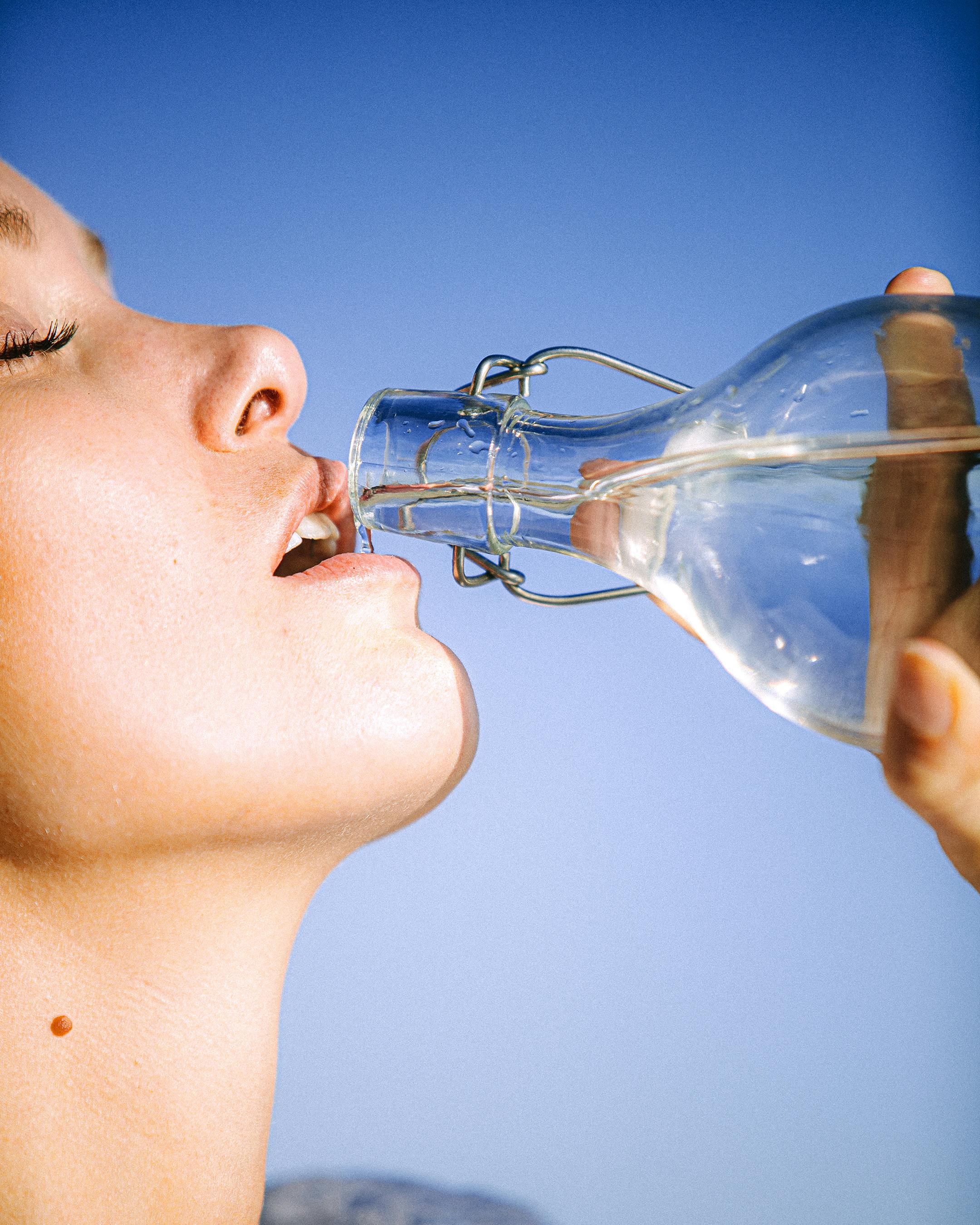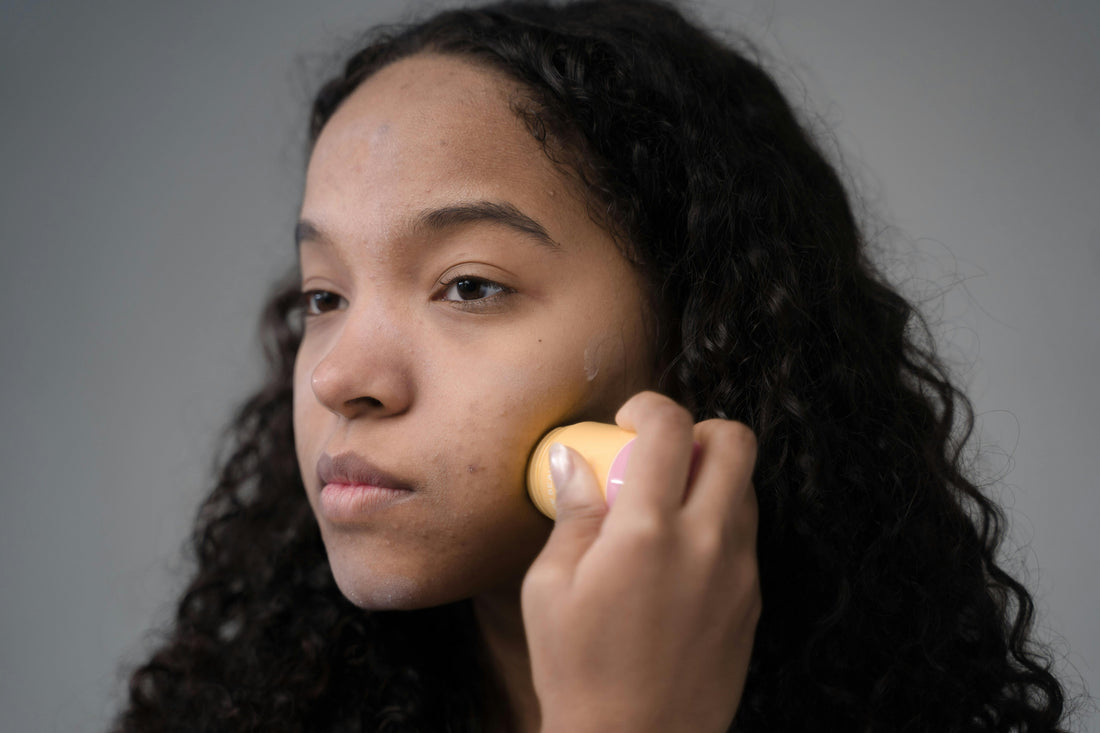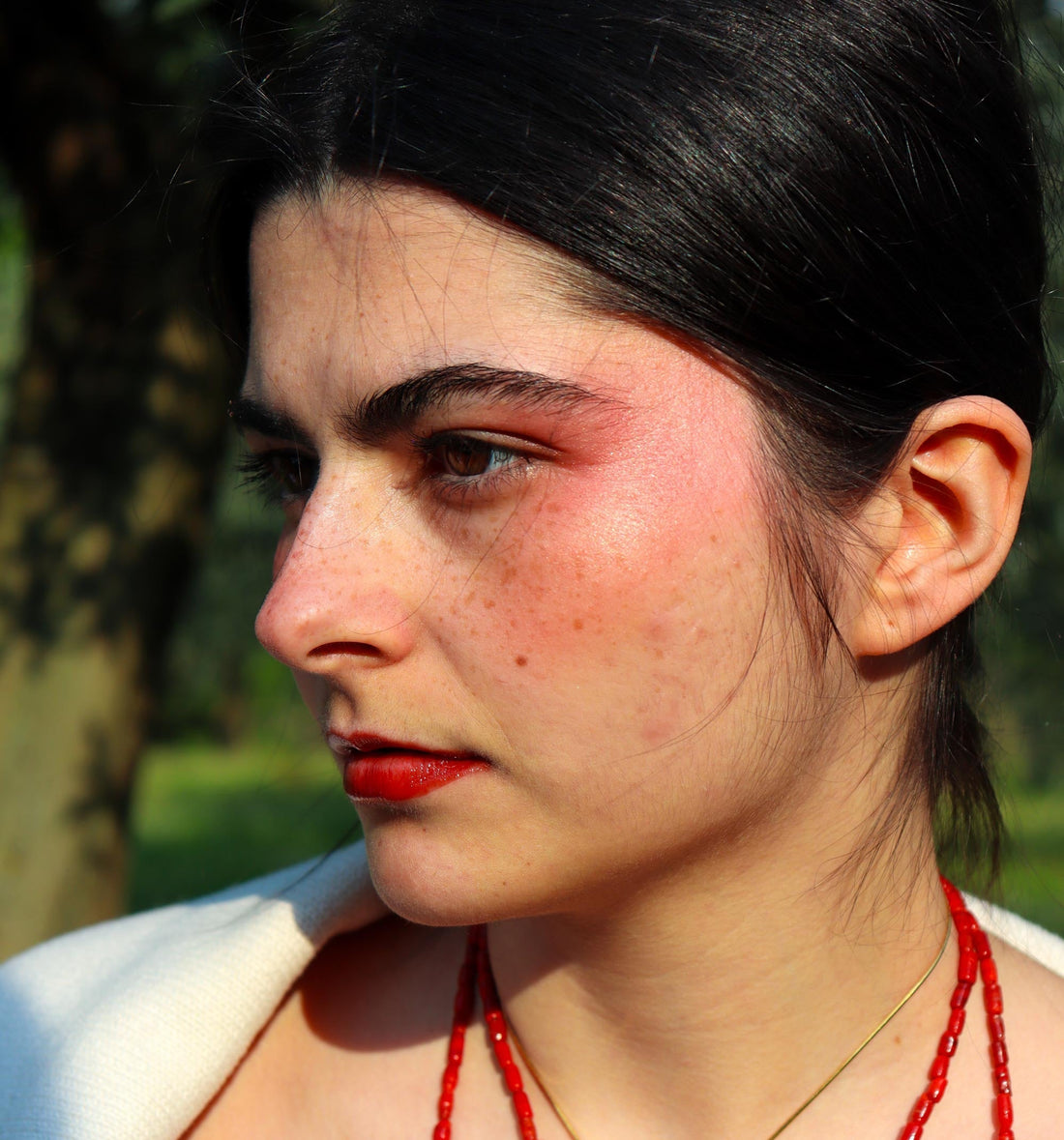TL;DR
The beauty industry uses up to 120 billion liters of water every year. With most products containing 60–85% water, the footprint spans from farming ingredients to wastewater pollution. Solutions include waterless beauty, sustainable packaging, optimized manufacturing, and mindful consumer habits.
What Is the Beauty Industry’s Water Footprint?
When you think of your favorite serum or lipstick, water isn’t the first ingredient that comes to mind—but it’s almost always the most important one. Cosmetics typically contain between 60% and 85% water (Natrue). Water acts as the main solvent, dissolving active ingredients that condition, hydrate, or cleanse (Cosmetics Info).
The beauty industry alone consumes around 120 billion liters of water each year (Energy5, 2023). That’s before accounting for packaging, transportation, and consumer habits—all of which add to the footprint.
Why it matters: Only 0.5% of global water is accessible freshwater (USBR). With rising water stress projected in 2040 (World Resources Institute), beauty’s footprint cannot be ignored.

Where Does Beauty’s Water Consumption Come From?
A product’s water footprint goes far beyond the water in the bottle. It includes all the freshwater used and polluted across its lifecycle—from farm to factory to your bathroom sink.
- Ingredients: Many natural ingredients require large amounts of irrigation. Almonds, for example, need about 11 liters of water per nut (Medium, 2022). Roses, lavender, and aloe vera fields also demand intensive watering.
- Factories: Once harvested, ingredients head into production. Water is essential for cooling, cleaning, and formulation. ScienceDirect notes that cosmetics require water at nearly every stage of production.
- Packaging: At least 75 billion tonnes of plastic packaging is produced globally each year for the beauty industry. This production requires billions of cubic meters of water (Dallmeier).
- Transportation: Global shipping adds an indirect footprint—ships, trucks, and planes all rely on water-intensive energy systems.
- Consumer habits: A 10-minute shower uses 95 liters of water (Water Footprint Calculator). Add the rinsing of shampoos, conditioners, and cleansers, and you see the ripple effect.
- Wastewater: After use, residues like microbeads or chemical sunscreens flow into rivers and oceans. A single facial scrub can contain 330,000 microplastic beads (Save the Water, 2014). Untreated wastewater threatens ecosystems and human health (Springer, 2022).
How Does the Beauty Industry Contribute to Water Pollution?
Industrial wastewater from cosmetics factories carries dyes, surfactants, and preservatives into rivers and lakes if not properly treated.
At the consumer level, the problem continues. Microplastics in exfoliating scrubs are ingested by marine life, entering the food chain. Sunscreen chemicals like oxybenzone and octinoxate damage coral reefs. And with 120 billion packaging units produced annually (Earth.org, 2023), much of it unrecycled, plastic pollution compounds the issue.
How Can Brands Reduce Their Water Footprint?
- Waterless & Concentrated Formulas: Solid shampoos, powder cleansers, stick moisturizers reduce embedded water.
- Sustainable Packaging: Post-consumer recycled plastics, compostable wraps, refill systems.
- Conscious Ingredient Sourcing: Biodynamic farming, wildcrafting, low-water crops.
- Manufacturing Optimization: Closed-loop wastewater systems, filtration, recycling.
- Ocean Positive Practices: Invest in coastal restoration, carbon sequestration, and reef protection.
What Can We Do to Save Water in Beauty?
- Shorten showers: 1 min less = 3,400 liters saved per year (CNET, 2023).
- Switch to waterless products: Dry sheet masks, powders, sticks.
- Turn off taps: While brushing or cleansing.
- Limit baths: Use ~150 liters vs 95 liters in a shower.
- Reuse rinse water: For plants or cleaning.
- Support eco-brands: Vote with your wallet.
Every drop counts. Consumer habits create ripples that push brands toward accountability.
FAQs
How much water is used in cosmetics?
Beauty products, depending on their category, can contain anywhere from 60% to 85% water.
How is water used in cosmetics?
Water serves as the predominant solvent in cosmetics and personal care items, effectively dissolving numerous ingredients responsible for providing skin benefits, including conditioning agents and cleansing agents.
How much water does the beauty industry consume?
The beauty industry uses roughly 120 billion liters of water every year.
What is the concept of the water footprint in the beauty industry?
A water footprint provides a comprehensive look at the total volume of freshwater used, wasted, and polluted to produce a product, from its inception to its final form. In the beauty industry, this includes everything from irrigating fields of natural ingredients to water used in factories during product formulation.
What is waterless beauty?
Waterless beauty refers to products formulated without water or with minimal water content. These products are seen as more sustainable and eco-friendly due to their reduced water footprint.
How can we save water in the beauty industry?
To save water in the beauty industry, we can use wet reusable pads for makeup removal, shorten showers, and limit baths. Opting for waterless or concentrated beauty products is also beneficial. It's essential to turn off the tap when not in use, reuse water from rinsed product containers, and support brands that prioritize water conservation.
What are the environmental concerns related to the beauty industry's wastewater?
The beauty industry produces a significant amount of industrial wastewater, which can contaminate freshwater sources if not treated correctly. This affects aquatic ecosystems and can have repercussions for human populations.
What are microbeads and why are they a concern?
Microbeads are small pieces of plastic found in exfoliating scrubs. They can wash down drains and end up in oceans, where they're ingested by marine life, causing harm and entering the food chain.
How are brands reducing their water footprint?
Brands are embracing waterless beauty, using sustainable packaging, sourcing ingredients consciously, optimizing water consumption in manufacturing, reducing water in the supply chain, and limiting harmful discharges.
Key Takeaway
The beauty industry’s water footprint is massive. Waterless products, conscious sourcing, smart packaging, and mindful consumer habits can transform beauty into a sector where hydration doesn’t cost the planet.




